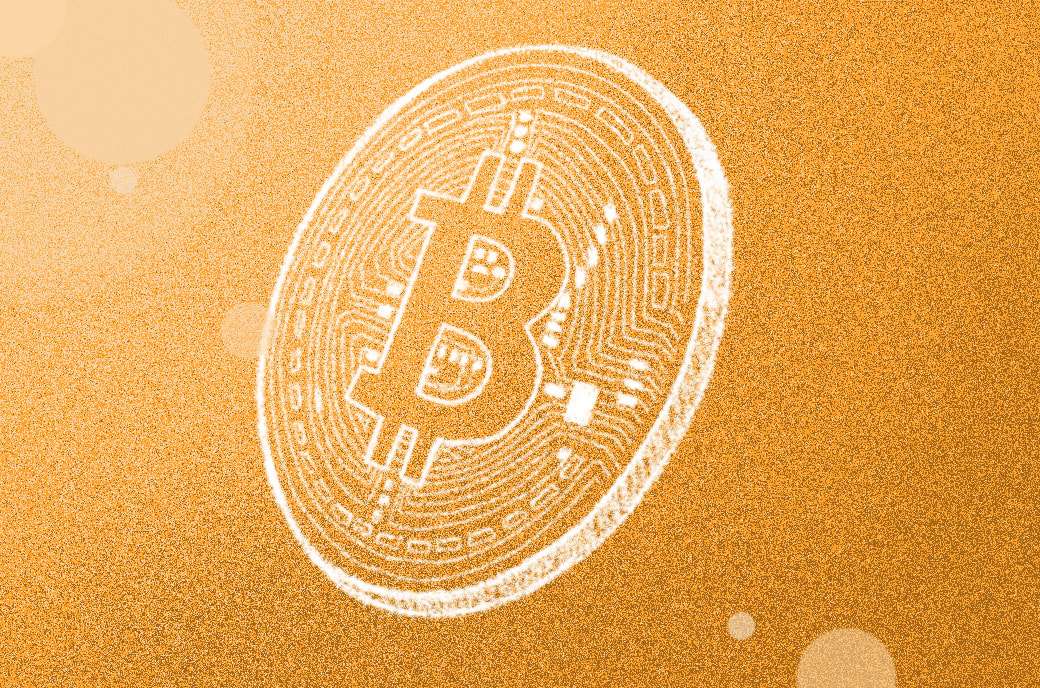
2024-10-8 15:09 |
Recent analyses indicate a significant positive correlation between rising inflation rates and increased crypto adoption worldwide. Countries experiencing high inflation are witnessing a surge in crypto usage as individuals seek alternatives to devaluing national currencies.
Data compiled from Trading Economics show that nations like Argentina, Turkey, and Venezuela, which face inflation rates of 237%, 49.38%, and 25.75%, respectively, have crypto ownership rates of 9.73%, 5.62%, and 10.30%. In contrast, countries with low inflation rates, such as Japan (3% inflation, 4.13% crypto ownership) and Switzerland (0.8% inflation, 2.02% crypto ownership), exhibit lower crypto adoption.
An analysis of the correlation between inflation rates and crypto ownership percentages yields a Pearson correlation coefficient of approximately 0.68, indicating a strong positive relationship. This suggests that as inflation rises, so does the rate of crypto adoption.
Country Inflation Rate (%) Crypto Ownership (%) Argentina 237 9.73 Turkey 49.38 5.62 Venezuela 25.75 10.30 Nigeria 32.15 5.93 Japan 3 4.13 Switzerland 0.8 2.02 Australia 3.8 2.75 Inflation vs. Political UnrestWhile political unrest has been considered a factor influencing crypto adoption, its impact appears less significant when inflation is accounted for. While there is a correlation in some regions when reviewing fatalities linked to political violence, the data is not globally consistent enough to identify a clear trend.
High Crypto Adoption & High Fatalities per Million Ukraine: 10.57% crypto adoption; 1,618.80 fatalities per million. Lebanon: 2.48% crypto adoption; 238.18 fatalities per million. Somalia: 1.94% crypto adoption; 289.13 fatalities per million. High Crypto Adoption & Low Fatalities per Million Vietnam: 21.19% crypto adoption; 0.02 fatalities per million. United States: 15.56% crypto adoption; 0.11 fatalities per million. Philippines: 13.43% crypto adoption; 6.00 fatalities per million. Low Crypto Adoption & High Fatalities per Million Cameroon: 1.68% crypto adoption; 78.16 fatalities per million. Ethiopia: 1.79% crypto adoption; 73.10 fatalities per million. Average Crypto Ownership Countries with High Fatalities per Million (>50): Average crypto adoption is approximately 3.38%. Countries with Low Fatalities per Million (<1): Average crypto adoption is approximately 4.34%.However, countries with higher individual instances of political unrest (including attacks against civilians, battles, and riots) per million do tend to have higher crypto adoption rates. However, the correlation is still insufficient to imply a direct causal relationship.
Country Crypto Ownership (%) Events Population Events per Million Ukraine 10.57 53,288 36,744,634 1,449.74 United States 15.56 12,618 339,996,563 37.11 Vietnam 21.19 16 98,858,950 0.16 India 6.55 26,686 1,428,627,663 18.69 Brazil 11.99 9,240 216,422,446 42.71 Nigeria 5.93 5,408 223,804,632 24.17 Philippines 13.43 1,106 117,337,368 9.43 Russia 6.06 11,723 144,444,359 81.19The data suggests a moderate positive correlation between the number of unrest events per million people and crypto adoption rates. Compared to the earlier analysis using fatalities, the number of events shows a stronger correlation.
A multiple regression analysis using crypto ownership as the dependent variable and inflation rate, events per million people, and fatalities per million people as independent variables shows that:
Inflation Rate: Statistically significant predictor (p-value < 0.01). Events per Million People: Less significant when controlling for inflation. Fatalities per Million People: Not significant when inflation is included.Statistical analyses reveal that inflation rates are a stronger predictor of crypto usage than measures of political unrest, such as fatalities or the number of unrest events. This indicates that inflation is more critical in driving crypto adoption than political instability.
Not all countries align perfectly with this trend. For example, with a low inflation rate of 2.63%, Vietnam has a high crypto adoption rate of 21.19%. This suggests that other factors, such as technological adoption and remittance flows, also contribute to crypto usage.
Reasons Behind the CorrelationThe strong correlation between inflation and crypto adoption can be attributed to several factors:
Hedge Against Currency Devaluation: In high-inflation economies, the local currency rapidly loses value. Cryptocurrencies offer an alternative store of value not tied to government policies or economic instability. Distrust in Financial Institutions: High inflation often reflects economic mismanagement, leading to erosion of trust in traditional financial systems. Cryptocurrencies provide a decentralized alternative. Access to Financial Services: Cryptocurrencies offer financial inclusion in regions with unreliable or inaccessible traditional banking services.High inflation emerges as a critical driver, possibly more influential than political unrest. Individuals in countries with rapidly devaluing currencies are increasingly turning to cryptocurrencies to protect their wealth.
These findings highlight the importance of economic stability in financial behaviors. As inflation undermines the value of traditional currencies, cryptocurrencies become a viable alternative, reshaping financial landscapes in affected nations.
The post High inflation vs regional conflict: Which leads to higher adoption of Bitcoin and crypto? appeared first on CryptoSlate.
origin »Emerald Crypto (EMD) на Currencies.ru
|
|












